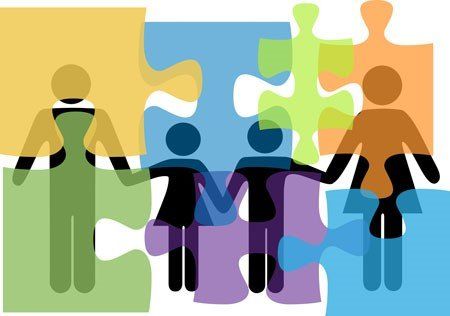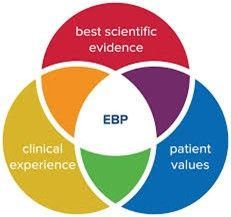Family Therapy in Child and Family Agencies
Family therapy in child and family agencies can be improved and utilized more if the clinicians reduce their resistance and use these skills in their practice.

Family therapy, while practiced in the United States in different forms since the 1940s, is not a common mode of treatment in child and family service agencies. Some skills can improve their use, as long as the clinician is open to them.
The majority of clinicians that enter child and family agencies receive their master’s degree in Marriage and Family Therapy. Their goal during their work is to gather hours to obtain their license as a Marriage and Family Therapist. Yet the amount of work conducted in actual family therapy is sparse. For many clinicians, the idea of seeing a family in treatment worries them. When asked by a supervisor to treat the family as a whole, they might answer as follows:
“How do I get the parents on board?”
“What if they question my knowledge about being a parent when I’m so young?”
“What if they don’t want to attend?”
“They only want me to fix their child, not them.”
To remove the resistance the clinician might have, several steps should be taken to improve the utilization of family therapy in the child and family agency.
Recognize the resistance parents have to family therapy. Although it’s easier for them to blame the child for the family’s problems, parents know internally they play a part. They simply don’t want to admit it out loud. Parents can feel a sense of guilt and shame when children experience emotional and behavioral problems, which leads to internal stress. Using techniques like Motivational Interviewing can help the clinician feel at ease.
Determine the goal of family therapy. If a child has emotional or behavioral problems, does the clinician want to improve the child’s behavior, the family’s communication, conflict resolution, or a combination of these? Although the family will ultimately develop the goal per their needs, the clinician should be focused on it as well.
Form therapeutic alliances with the members. Clinicians know how to form these relationships with a child. But in a family therapy situation, the clinician must demonstrate to each member they believe them. Each member needs to feel validated and a contributor to the solution.
Finally, relax and enjoy the process. Clinicians may feel uncomfortable when family members participate together. However, the interactions are dynamic. The clinician can ask the family to describe a problem and see the problem’s causes and issues unfold before their eyes. The verbal and non-verbal communication occurring in family therapy creates opportunities for solving problems, being a mediator, and encouraging positive dialogue.
Family therapy in child and family agencies can be improved and utilized more if the clinicians reduce their resistance and use these skills in their practice.




